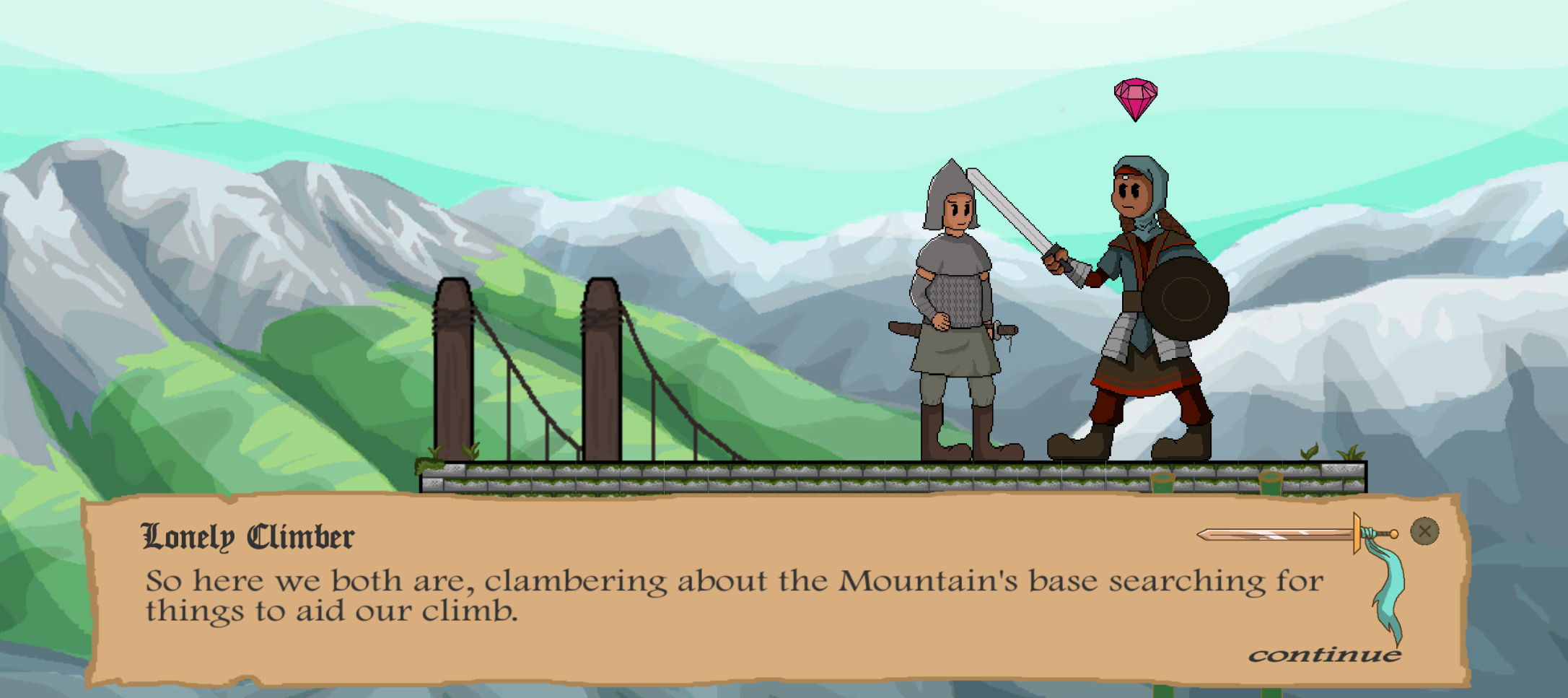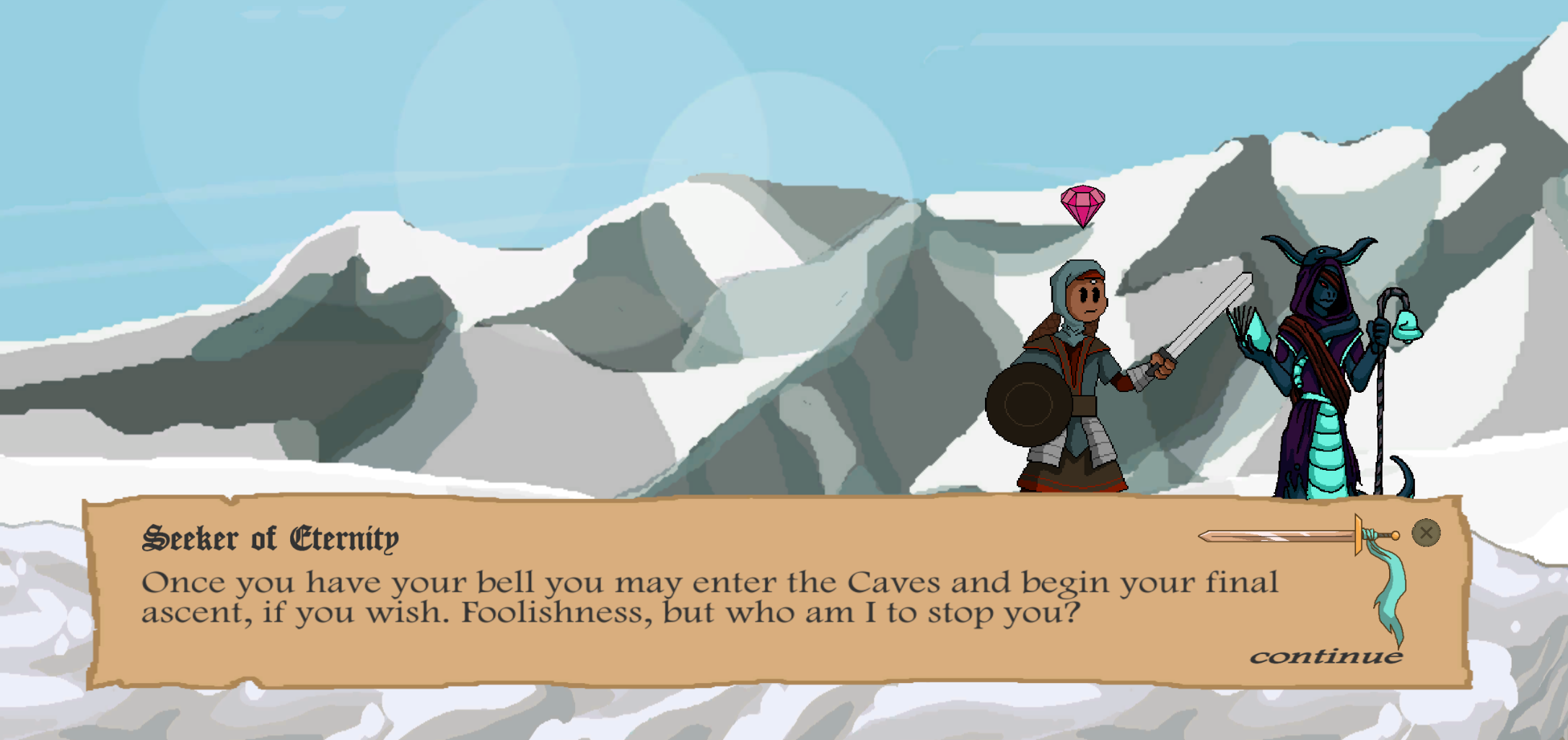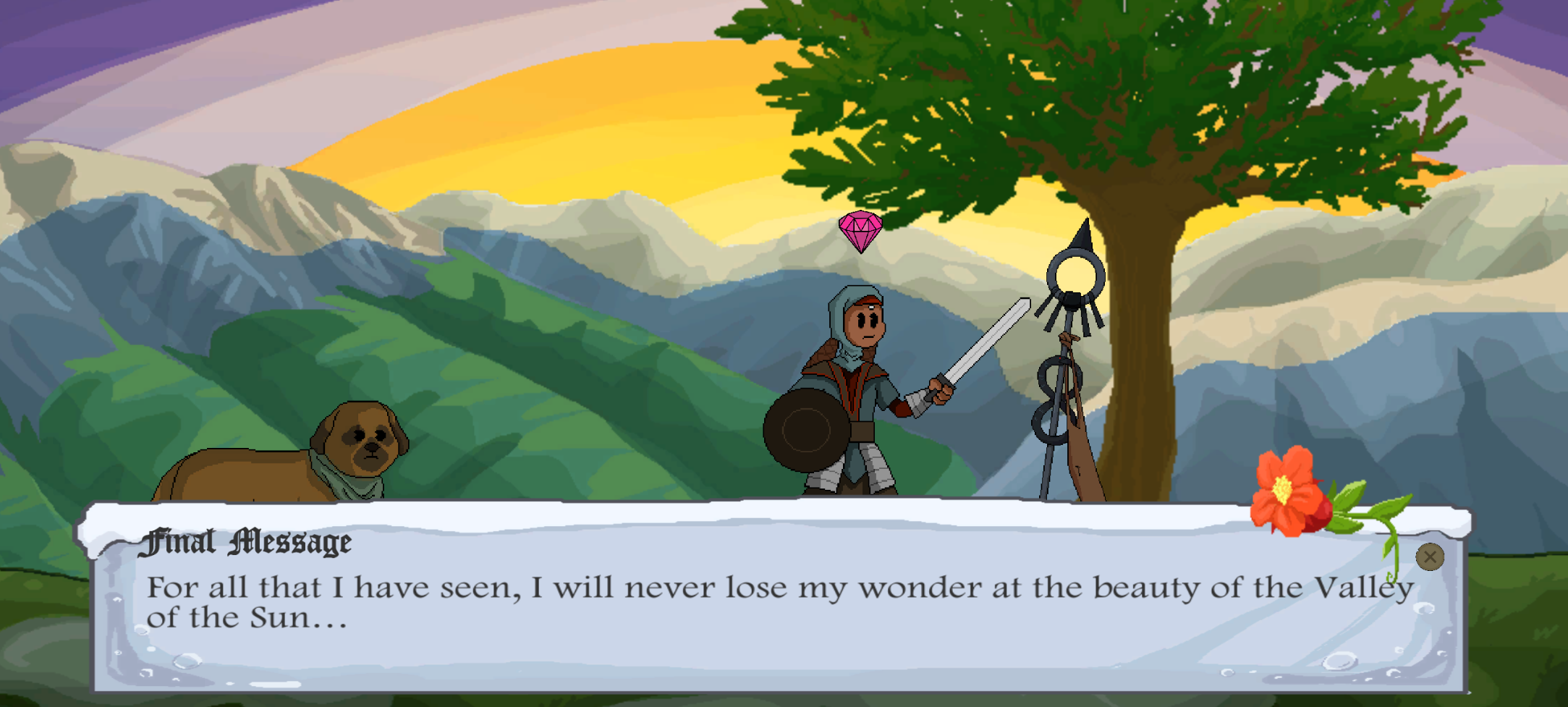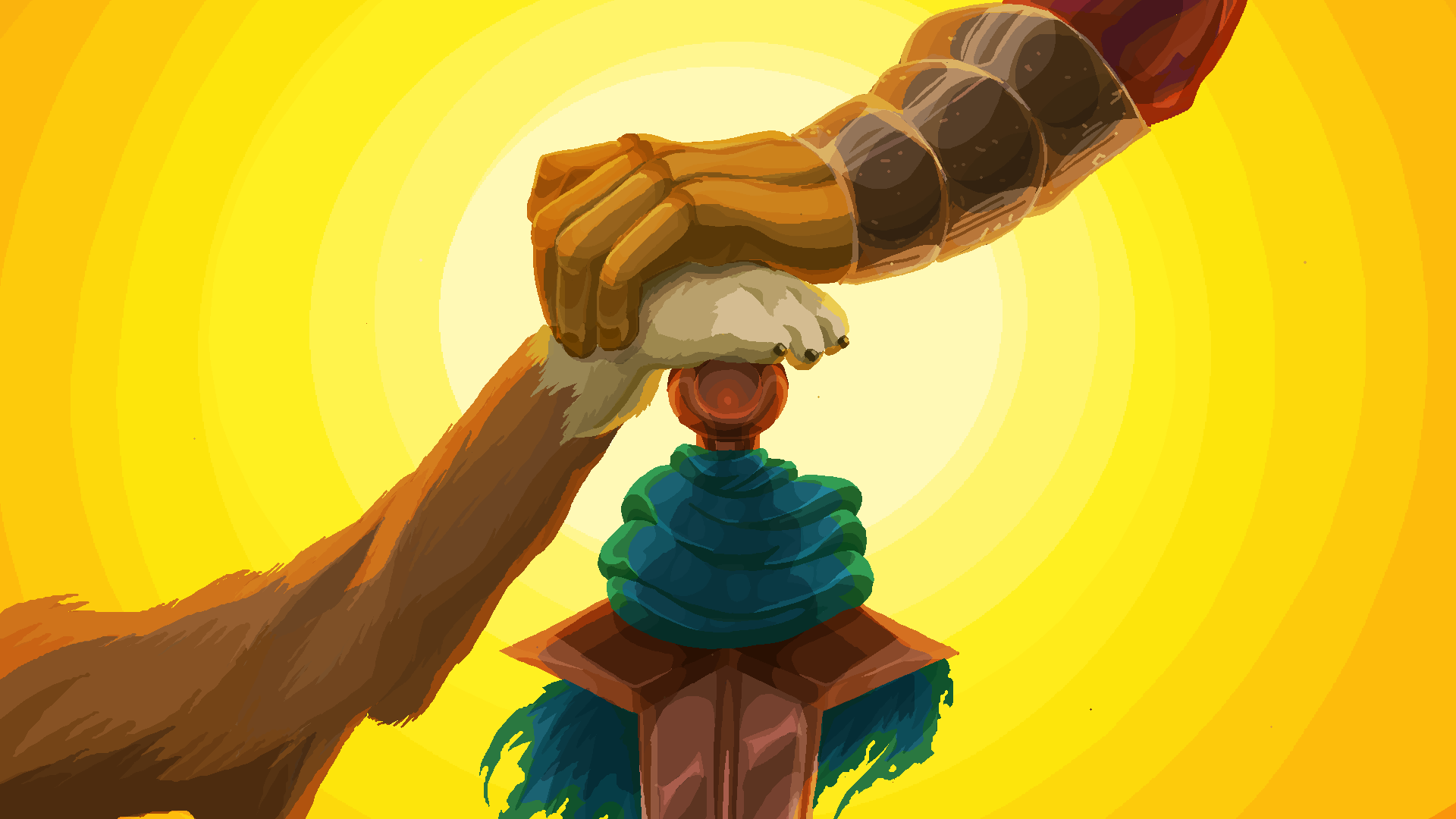


I was one of three writers and one of four level designers on our 13 person team — most of my work on the game was narrative design, although I also laid out a couple of the game’s levels and had a hand in designing how they connected to each other. I wrote most of the dialogue in the game (since the other two writers were writing as a secondary role to their primary one), and I was the one revising and editing all of the dialogue (including the text I didn’t write). I also made sure that all the text made sense together and meshed stylistically, and I had to revise other writers’ dialogue without destroying their original writing styles and stylistic intent. I implemented all the dialogue into the game using a combination of C# scripting and a dialogue management system originally designed by one of our programmers, Shaina Mishra, and revised by myself. I spent a lot of time bugfixing all sorts of issues related to dialogue and the characters who spoke it, and designed and implemented a couple simple multi-state characters: one who would be dead once you spoke to her and returned, and one who would kill you if you walked past her unless you had spoken to her and had a specific item. Finally, I also did a couple minor programming odd-jobs like implementing the flowers that the player leaves at the graves they visit.
Final Message is a 2D narrative puzzle game about climbing the ancient Mount Arar to leave your Final Message at its Summit, and about what it takes to succeed where others have failed. My goals for this game were to convey to the player the core themes of the game — that no matter how difficult a task is, the greatest obstacle is your own fear of failure; as long as you are patient and willing to get back up after getting knocked down, your goal is close within your reach — in a way that felt natural and meaningful, and that followed from the way the game actually plays. I’m very happy with the result: I think this game represents some of my best character writing, and each character adds something to the game’s story and theme. The Exhausted Adventurer, the Lonely Climber, and the Seeker of Eternity represent parallels the the player’s journey and each represent a doomed philosophy that prevents them from achieving their goals; Tatik Arar and the Witch Knight pull and push (respectively) the player in the right direction with Tatik’s guidance and the obstacle that the Witch Knight represents. The Final Messages the player finds — the last words of dead characters who have failed their climb — serve a dual purpose: they have to convey information to the player about the various puzzles in the game and give them direction, but they also serve to set the tone of the game. They represent the regret and desperation that accompanies failure, and show the player what their own character’s failure would look like in order to make that potential failure feel more tangible. All of this comes together within the context of the game to strongly represent the thematic goals I (and we, as a team) had set out to fulfill, and I’m thrilled by the ways the rest of the game supplements and elevates my work. The music, and art, and gameplay my teammates created complement and are complemented by my work in ways I am very proud of.
